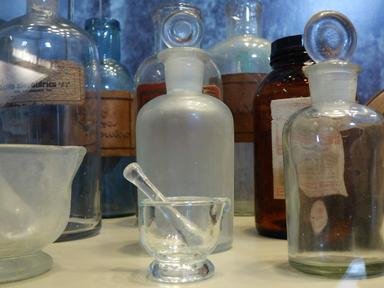Quiz Answer Key and Fun Facts
1. Lanthanide/rare-earth metal; named after Finnish chemist; silvery grey in colour; used in nuclear medicine
2. Chalcogen; named after a laboratory; discovered in the 21st century; decays rapidly
3. Transition metal; discovered in Denmark; used in nuclear reactors; shiny and silver in colour
4. Alkali metal; named after Latin for 'deep red'; strong reaction to water; turns fireworks purple
5. Halogen; name comes from Greek word for 'unstable'; extremely rare; used in cancer medicine
6. Lanthanide/rare-earth metal; named after Russian miner; silvery white colour; used in magnets
7. Actinide; named after Norse god; silvery colour; mainly used as a dioxide
8. Pnictogen; largest producer is China; historically used in cosmetics; can be poisonous
9. Alkaline earth metal; named after Scottish village; used in sugar production in the 19th century; silvery-white/yellowish colour
10. Transition metal; named after German state; very heavy; extremely radioactive
Source: Author
Kankurette
This quiz was reviewed by FunTrivia editor
rossian before going online.
Any errors found in FunTrivia content are routinely corrected through our feedback system.
